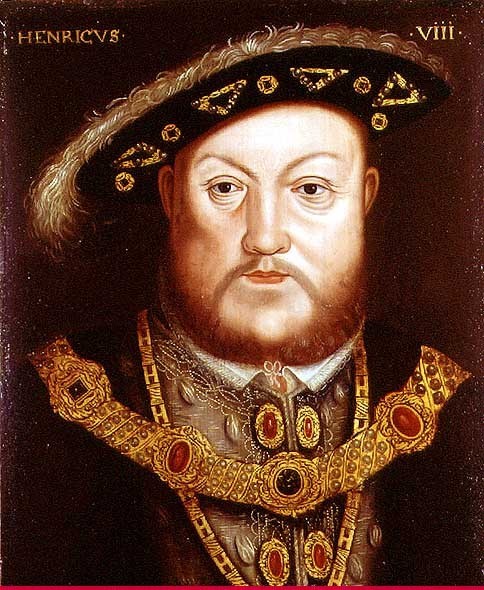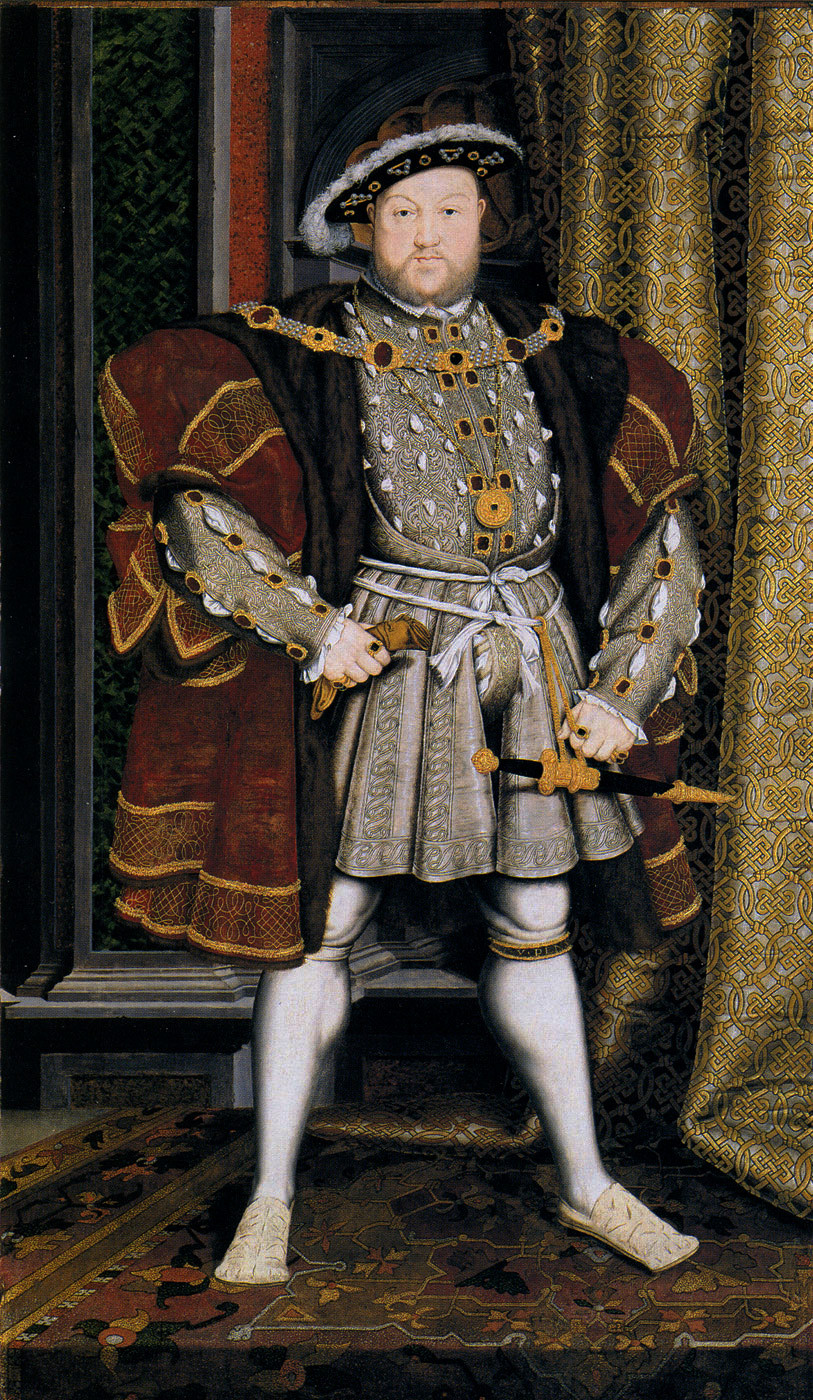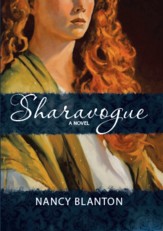Author branding and Henry VIII: Royal persona
Part 3 in series on personal branding If England's King Henry VIII had been an author, who might he have been? Authors, like royalty, can project certain images to create a persona in the minds of their audiences and the general public, to thereby be remembered and gain policy support, or book sales as the case may be.
 As noted in Part 1 of this series, the proliferation of social media apps today make it nearly impossible to project an inauthentic persona. The moment you thought you had created a good one, someone would post an instagram of you carrying out the garbage in your underwear. But King Henry was able to create and project a persona that met his needs, and the
As noted in Part 1 of this series, the proliferation of social media apps today make it nearly impossible to project an inauthentic persona. The moment you thought you had created a good one, someone would post an instagram of you carrying out the garbage in your underwear. But King Henry was able to create and project a persona that met his needs, and the  corresponding author that comes to mind for me is Ernest Hemingway.
corresponding author that comes to mind for me is Ernest Hemingway.
As young men, both Henry and Ernest were good looking with athletic physiques. Henry was known for having "an extremely fine calf to his leg," for example. Both played hard at sports, be it jousting or hunting, and both saw themselves as warriors. Both were interested in education and literature. Both married a few times. Both drank to excess. Both attained a "larger than life" persona that continued long after the men themselves had faltered due to illness and, well, bad behavior.
King Henry's Brand Persona
 Henry VIII valued education, religion, arts, architecture, innovation and ostentation. He used his physical size to advantage -- he was 6'2" at a time when most men were considerably shorter -- and in many cases his portraits show him taking up most of the canvas. In the background of some portraits he was surrounded by the cultural sophistication reminiscent of imperial Rome.
Henry VIII valued education, religion, arts, architecture, innovation and ostentation. He used his physical size to advantage -- he was 6'2" at a time when most men were considerably shorter -- and in many cases his portraits show him taking up most of the canvas. In the background of some portraits he was surrounded by the cultural sophistication reminiscent of imperial Rome.
He excelled at sports and held jousting matches, wearing his gilded armor, satin and pearls, as a way of showing his wealth, strength and power to visiting dignitaries.
To promote his campaign for church reformation, he had pamphlets created and broadly distributed, and paid theatrical and minstrel groups to travel the land and portray Catholic priests as devils while he was the defender of the true faith. (Reminds me of the branding road show I once led for employees in various departments, but in my case the past was the devil and the new brand was the hero.)
In architecture, the exterior of buildings included hundreds of busts, the laurel-wreathed heads of emperors, imperial authorities and military heroes, suggesting these heroes were the foundation upon which King Henry's Tudor dynasty was built.
In art he was featured at the center of huge architectural structures in classical style, in at least one case receiving the water of life and the book of life directly from the angels, a clear reference to his religious persona as head of the Church of England with the divine right of kings.
Later in life, even after a jousting injury and other health conditions changed him dramatically -- and even though the noble king was responsible for about 70,000 executions -- the glorious persona that he had created still permeated. Fans of the Tudors television series may recall in the last episode just before Henry dies, he orders the portrait artist Holbein to change his latest, and accurate, depiction of declining, sickly Henry into the standing image of the strong, virile (note codpiece), magnificent king he wanted his people to see.
In part, I would say, the success of Henry's brand persona is that the powerful, charming, man's man image he created was something the citizens of his time wanted and respected in their king. It was an image that was easy to accept, and easy to follow because it met with their own values, and even in the face of horrible truths it was hard to let go.
Stay tuned for Part 4 of this series, next week: Elizabeth I
 Sharavogue recently won first place for historical fiction in the Florida Writers Association Royal Palm Literary Awards. You can purchase a copy from online booksellers and at the Book Loft on Amelia Island, FL. I will be presenting at the Amelia Island Book Festival Feb. 20-21.
Sharavogue recently won first place for historical fiction in the Florida Writers Association Royal Palm Literary Awards. You can purchase a copy from online booksellers and at the Book Loft on Amelia Island, FL. I will be presenting at the Amelia Island Book Festival Feb. 20-21.